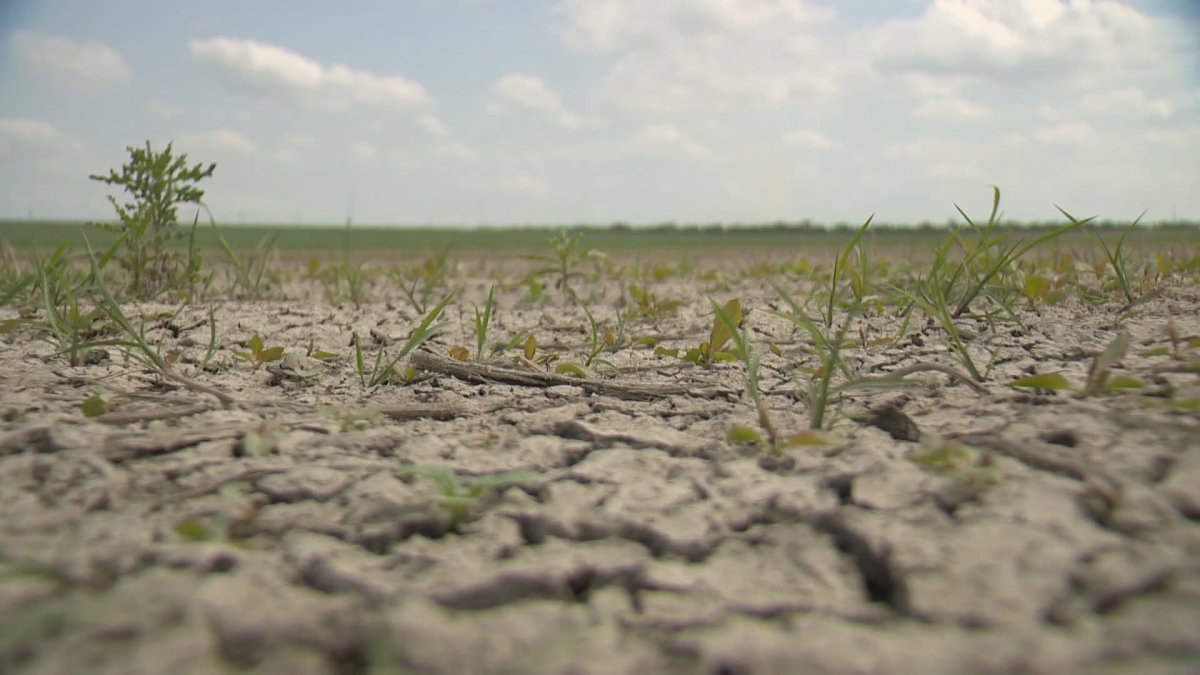Provincewide drought conditions have cost the Saskatchewan government $700 million, spent on supporting the agricultural sector. The province says the unexpected cost has pushed its deficit up by $126.5 million.

The province said the added expense is somewhat offset by increased revenue from “higher than expected” oil and potash prices along with higher federal transfers.
It’s expected the deficit at the first quarter mark of 2021-22 will be $2.74 billion.
“Recent commitments to help our farmers through the emerging drought, has affected the province’s fiscal situation,” said Donna Harpauer, Saskatchewan’s finance minister.
“However, higher oil and potash prices and increased federal transfers have helped to combat the increase in the projected deficit.”
The province expects to see revenue increased by about $757 million in the first quarter, $360 million of which is from non-renewable resources.

Get breaking National news
Federal transfers are up about $401 million, including nearly $132 million for early learning and child care, about $124 million for Saskatchewan’s share of the Helping Our Health Systems Recover program and about $63 million in one-time top-up funding for the Canada Community-Building Fund.
The province’s total expenses are up $844 million, with nearly $707 million of that coming from pressures in the agriculture sector, including higher crop insurance expenses, which is about $588 million, as well as $119 million to help producers maintain breeding stock and to address other high costs associated with drought conditions.
Saskatchewan’s real GDP is expected to grow by 5.6 per cent in 2021 and by 3.8 per cent in 2020, according to private-sector forecasters.

“A number of our other key economic indicators have also shown improvement since budget, and Saskatchewan continues to have the second-highest overall credit rating among Canadian provinces,” Harpauer said.
“We are pleased that the major rating agencies continue to have confidence in our government’s fiscal and budgetary approach as we respond to the significant challenges posed by drought and by the global COVID-19 pandemic.”
The province says it has the lowest net debt to GDP among Canadian provinces as of March 31.
In the first seven months of 2021, employment increased by 15,029 jobs, or 2.8 per cent compared with the same amount of time in 2020.
Saskatchewan’s unemployment rate dropped from about 9.4 per cent to 7.3 per cent over that time.






Comments